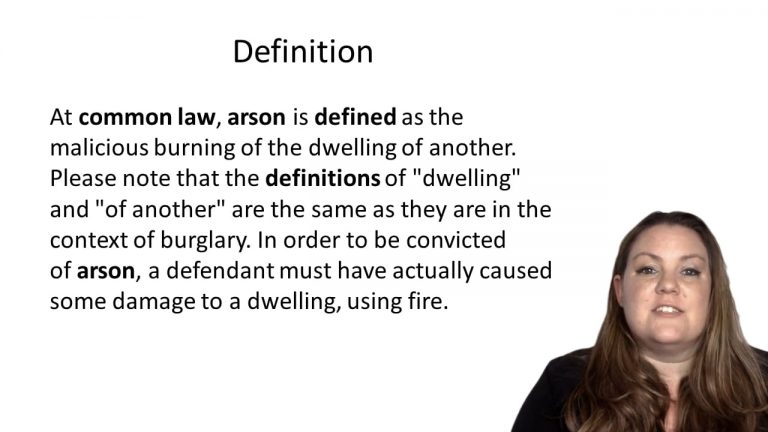SmartBrief
Confirm favorite deletion?
Criminal Law Keyed to Gershowitz
State v. Rogers
Citation:
2006 WL 2716870 (unpublished).Facts
On April 23, 2004, a fire was started inside the apartment of Dennis Rollins. Rollins was not home at the time, but other occupants of the apartment building were. At trial, Rollins testified that at the time, his girlfriend, Norma Fish, was living with him. Unbeknownst to Rollins, his girlfriend was also dating the defendant. Approximately two and one-half weeks before the fire, news of this relationship ignited a minor physical confrontation between the defendant and Rollins. The defendant told Rollins, “I ain’t the one to mess with. . . . She’s mine. She’s mine.”
Rollins received a call from his neighbor who told him that a smoke smell was coming from his apartment. Upon returning to his apartment, Rollins opened his door, smelled smoke and saw a big black spot on the floor. He doused the spot with water, sprayed the spot with potpourri, and placed a floor mat over the spot. There was a significant burn spot on the carpet, but no further damage or threat.
The day after the fire, Rollins called the apartment’s management and asked them to investigate. An arson investigator showed Rollins a videotape. Because of a hearing problem, Rollins had a paper note on his door advising people to knock loudly. The videotape showed the defendant removing the note off Rollins’ door, lighting it on fire, and sliding it under the door. It burned the carpet, however,
The defendant testified that he went to Rollins’ apartment to confront Rollins face to face like a “real man.” The defendant knocked on the door but nobody answered. Believing Rollins to be inside, the defendant took the paper sign off the door, lit it, and shoved it under the door. The defendant explained that he was trying to get Rollins’ attention and draw him outside. The defendant acknowledged that he knew that a lot of people lived in the apartment complex.
At trial, the jury had to decide whether damage to the carpet constituted damage to a structure under the aggravated arson statute. The jury, without approval, used an electronic dictionary to define the word “structure.” The defendant was convicted of aggravated arson. He appealed.
Only StudyBuddy Pro offers the complete Case Brief Anatomy*
Access the most important case brief elements for optimal case understanding.
*Case Brief Anatomy includes: Brief Prologue, Complete Case Brief, Brief Epilogue
- The Brief Prologue provides necessary case brief introductory information and includes:
Topic:
Identifies the topic of law and where this case fits within your course outline.Parties:
Identifies the cast of characters involved in the case.Procedural Posture & History:
Shares the case history with how lower courts have ruled on the matter.Case Key Terms, Acts, Doctrines, etc.:
A case specific Legal Term Dictionary.Case Doctrines, Acts, Statutes, Amendments and Treatises:
Identifies and Defines Legal Authority used in this case.
- The Case Brief is the complete case summarized and authored in the traditional Law School I.R.A.C. format. The Pro case brief includes:
Brief Facts:
A Synopsis of the Facts of the case.Rule of Law:
Identifies the Legal Principle the Court used in deciding the case.Facts:
What are the factual circumstances that gave rise to the civil or criminal case? What is the relationship of the Parties that are involved in the case.Issue(s):
Lists the Questions of Law that are raised by the Facts of the case.Holding:
Shares the Court's answer to the legal questions raised in the issue.Concurring / Dissenting Opinions:
Includes valuable concurring or dissenting opinions and their key points.Reasoning and Analysis:
Identifies the chain of argument(s) which led the judges to rule as they did.
- The Brief Prologue closes the case brief with important forward-looking discussion and includes:
Policy:
Identifies the Policy if any that has been established by the case.Court Direction:
Shares where the Court went from here for this case.
Topic Resources
Topic Refresher Course

 5m 56s
5m 56s